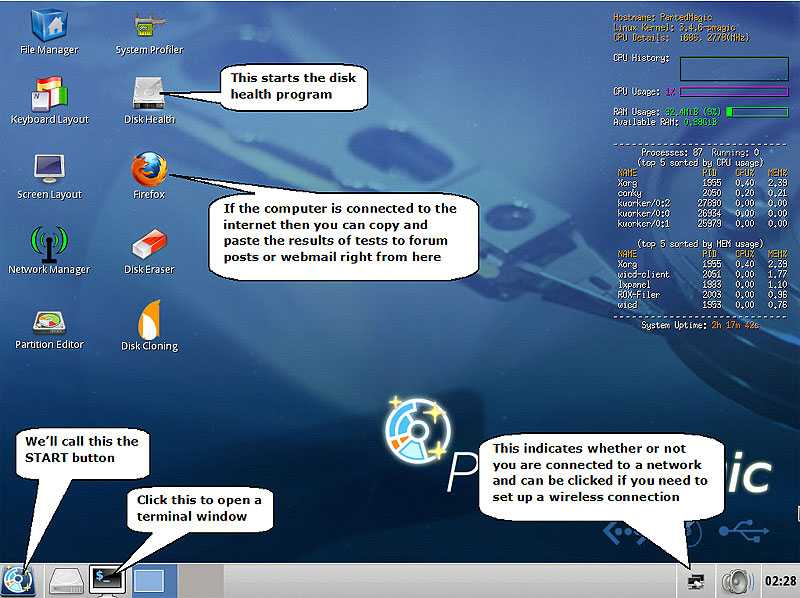Windows Xp Exfat Patch Update Lol

This article's does not adequately key points of its contents. Please consider expanding the lead to of all important aspects of the article. Please discuss this issue on the article's. (February 2014) NTFS Full name New Technology File System Introduced July 1993 with () () Structures Directory contents File allocation Bitmap Bad blocks $BadClus (MFT Record) Limits Max. Volume size 2 64 − 1 cluster (format); 256 − 64 (implementation) Max.

Microsoft produced an update for certain versions of Windows that enabled them to read and write ExFAT formatted volumes. Only their download links for the 32-bit Windows XP version of the update seem to have gone bad. After spending a very frustrating amount of time engaged in fruitless web searches for the update,. Marvel Ultimate Alliance 2 Patch Fr. Fix Xp Exfat problems your PC may be experiencing with these 3. Download Xp Exfat Repair Tool (5. Windows Xp Error Win32 Windows Xp Updates End Of Support. Le DD est pourtant reconnu par ma PS3 lol. De lire les fichiers exFAT sur Windows XP. Lien support windows, il n'a pas ou plus de patch pour la.
File size 16 – 1 (format); 16 – 64 (, or earlier implementation) 256 – 64 (, implementation) Max. Number of files 4,294,967,295 (2 32-1) Max. Filename length 255 code units Allowed characters in filenames. Contents • • • • • • • • • • • • • • • • • • • • • • • • • • • • History [ ] In the mid-1980s, and formed a joint project to create the next generation of graphical; the result was and. Because Microsoft disagreed with IBM on many important issues they eventually separated: OS/2 remained an IBM project and Microsoft worked to develop and NTFS. The file system for OS/2 contained several important new features.
When Microsoft created their new operating system, they borrowed many of these concepts for NTFS. NTFS developers include:,, Brian Andrew and David Goebel. Probably as a result of this common ancestry, HPFS and NTFS use the same identification type code (07). Using the same Partition ID Record Number is highly unusual, since there were dozens of unused code numbers available, and other major file systems have their own codes. For example, FAT has more than nine (one each for,,, etc.).
Algorithms identifying the file system in a partition type 07 must perform additional checks to distinguish between HPFS and NTFS. Versions [ ] Microsoft has released five versions of NTFS: • v1.0: Released with in 1993. V1.0 is incompatible with v1.1 and newer: Volumes written by Windows NT 3.5x cannot be read by Windows NT 3.1 until an update (available on the NT 3.5x installation media) is installed.
• v1.1: Released with in 1995. Supports compressed files, named streams and • v1.2: Released with in 1996.
Commonly called NTFS 4.0 after the OS release. • v3.0: Released with. Supports disk quotas,,,,, the $Extend folder and its files.
Reorganized so that multiple files using the same security setting can share the same descriptor. Commonly called NTFS 5.0 after the OS release. • v3.1: Released with in October 2001 (and subsequently used also for Windows Vista and Windows 7).
Expanded the (MFT) entries with redundant MFT record number (useful for recovering damaged MFT files). Commonly called NTFS 5.1 after the OS release The NTFS.sys version number (e.g. V5.0 in Windows 2000) is based on the operating system version; it should not be confused with the NTFS version number (v3.1 since Windows XP). Although subsequent versions of Windows added new file system-related features, they did not change NTFS itself. For example, implemented,, partition shrinking, and self-healing. NTFS symbolic links are a new feature in the file system; all the others are new operating system features that make use of NTFS features already in place. Features [ ] NTFS v3.0 includes several new features over its predecessors: sparse file support, disk use quotas, reparse points, distributed link tracking, and file-level encryption called the (EFS).